Caring for the World: Implementing the 3R Program in Education
VerifiedAdded on 2023/06/15
|5
|855
|257
Essay
AI Summary
This essay explores the integration of the 3R program (reduce, reuse, recycle) into school education as a means of fostering environmental responsibility and addressing global issues. It highlights the importance of instilling ecological awareness in children from a young age, emphasizing how the 3R campaign extends beyond environmental concerns to encompass issues like war, homelessness, and community violence. The essay also discusses the role of educators in effectively implementing the 3R program, ensuring children understand the concepts and are motivated to engage in sustainable practices. By integrating 3R activities, schools can cultivate environmentally conscious individuals who contribute to a more sustainable and responsible future. Desklib provides a platform for students to access similar solved assignments and study resources.
1 out of 5
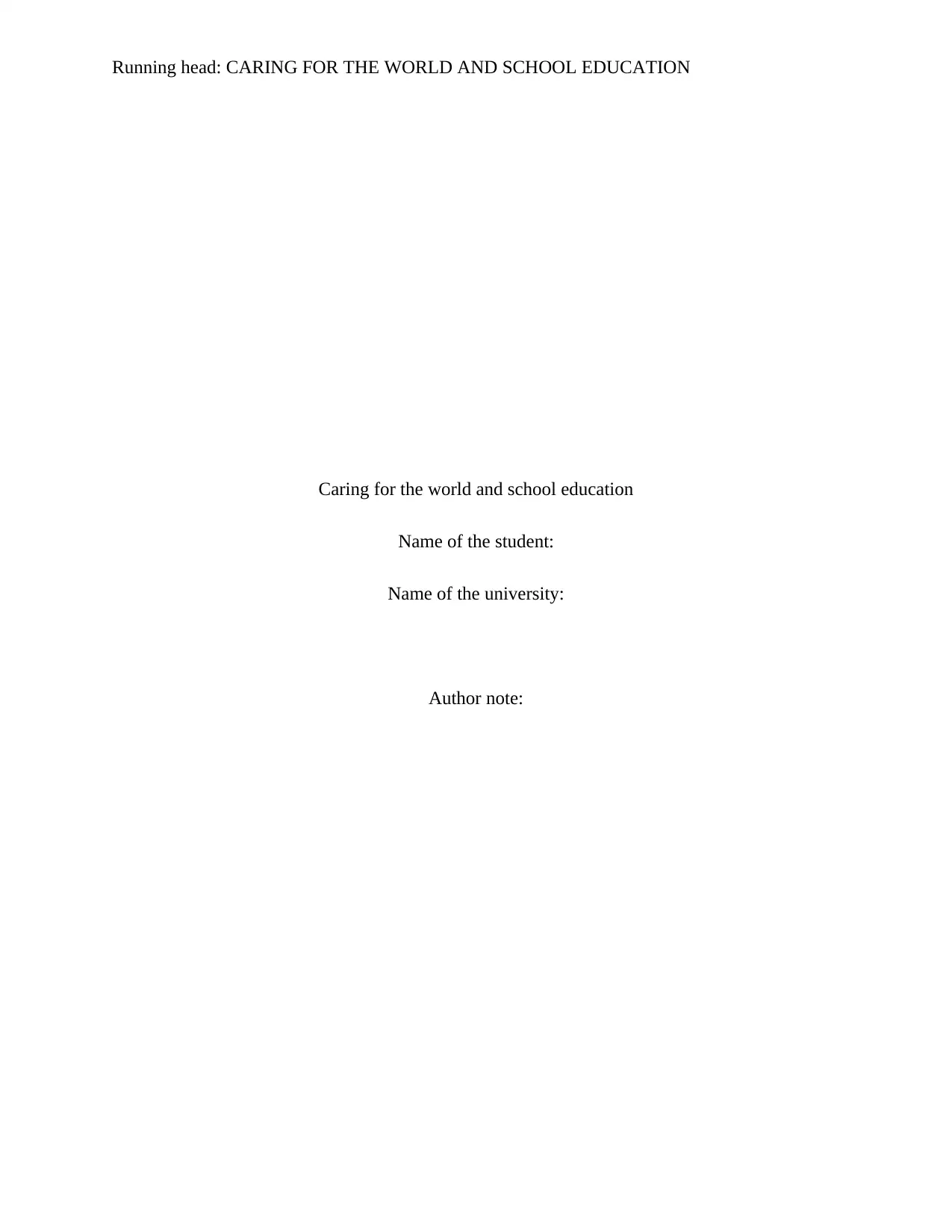
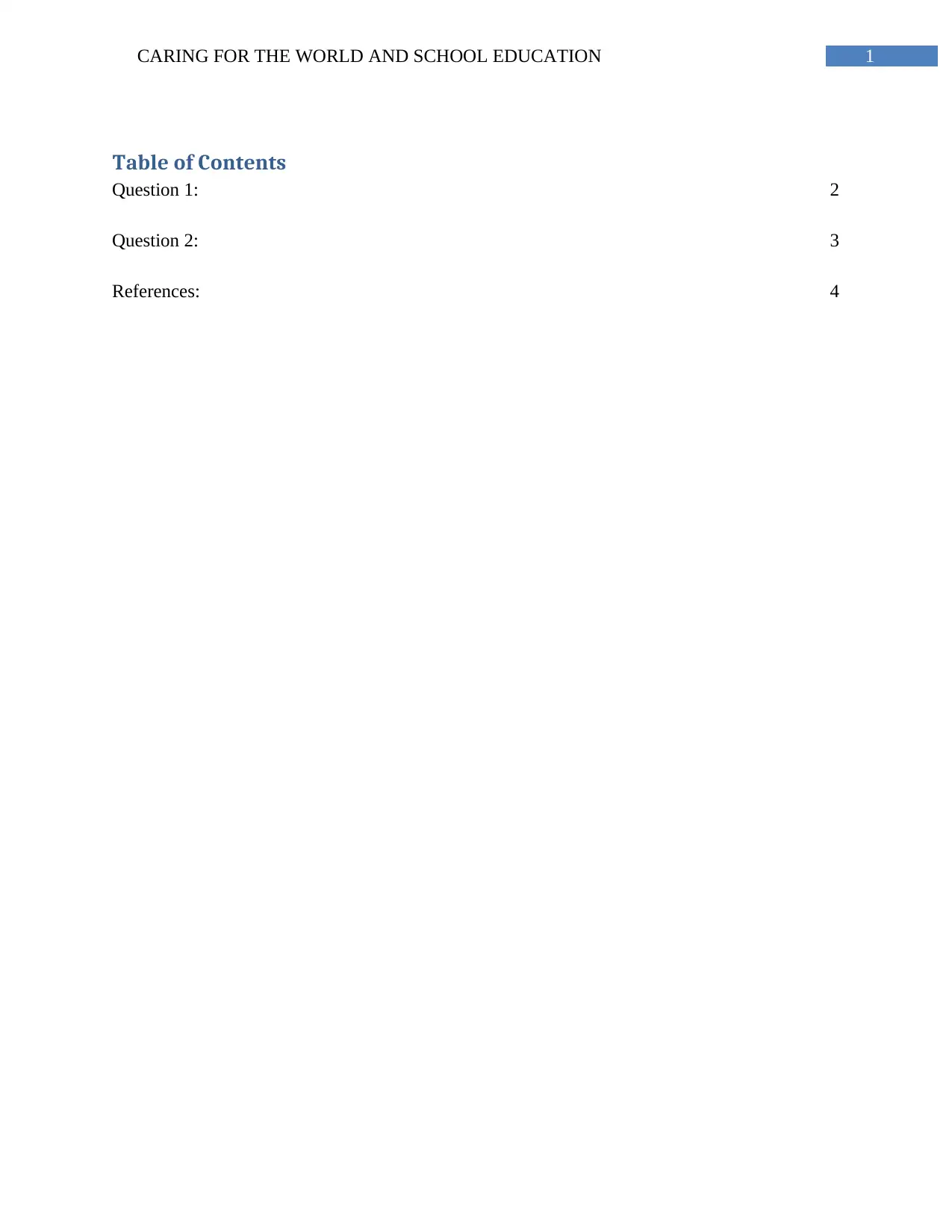
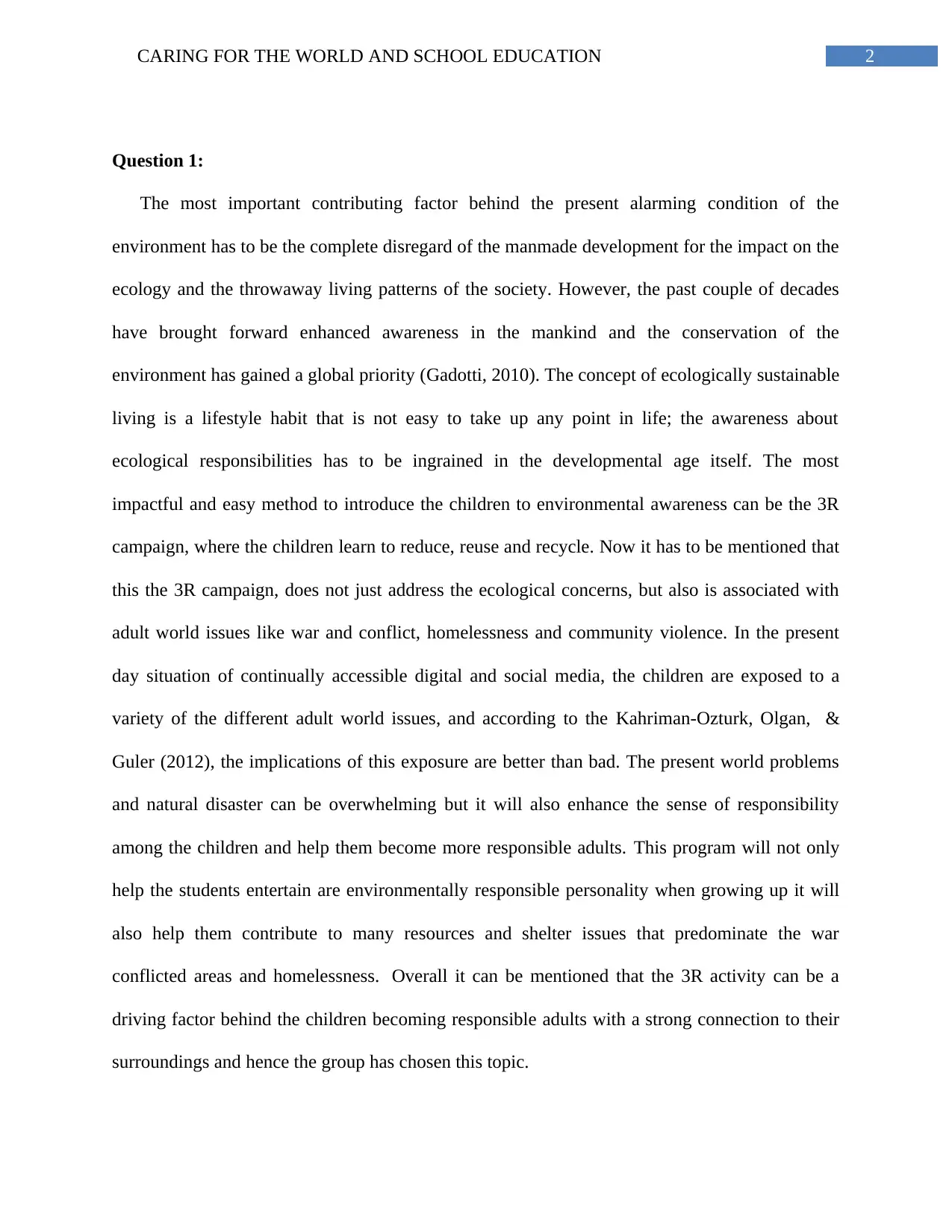

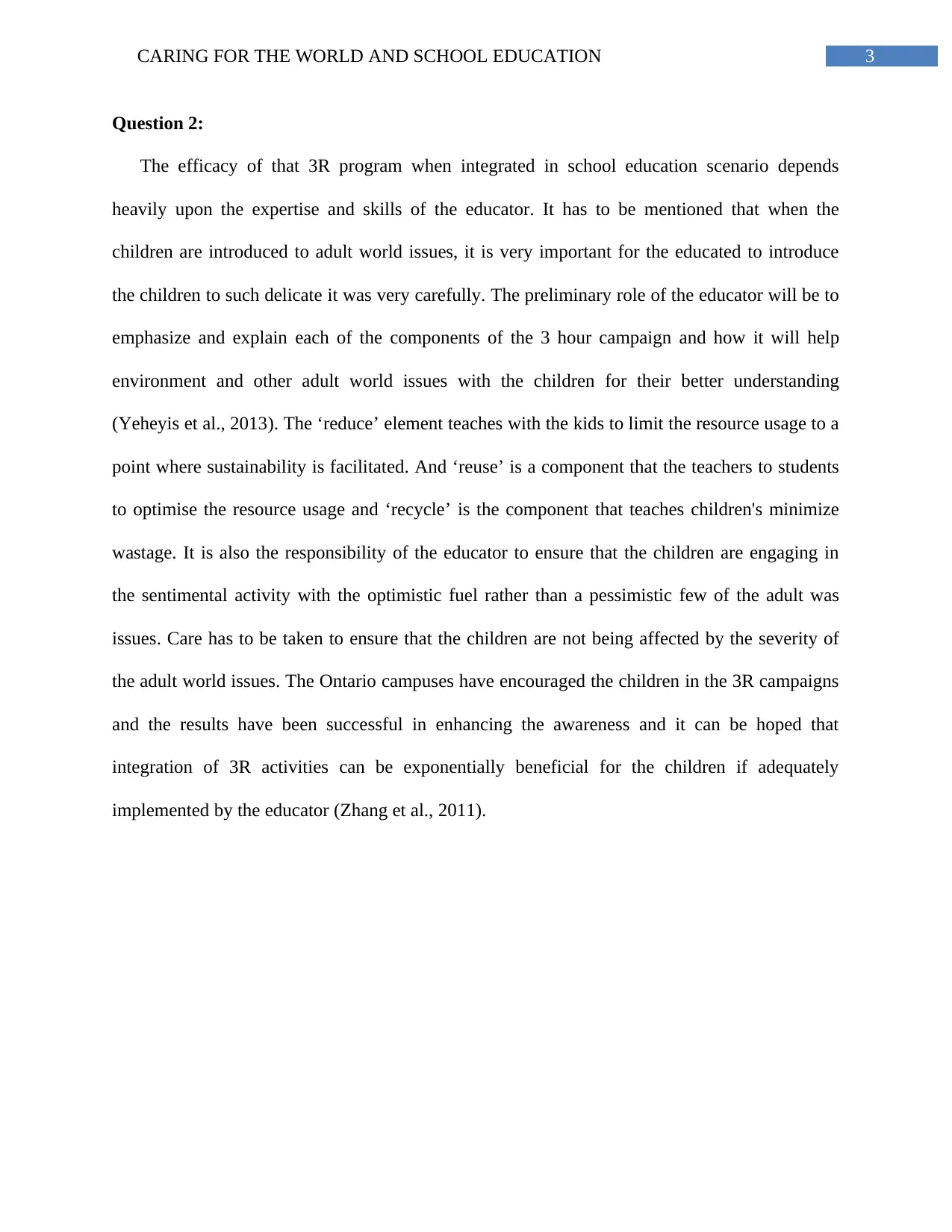
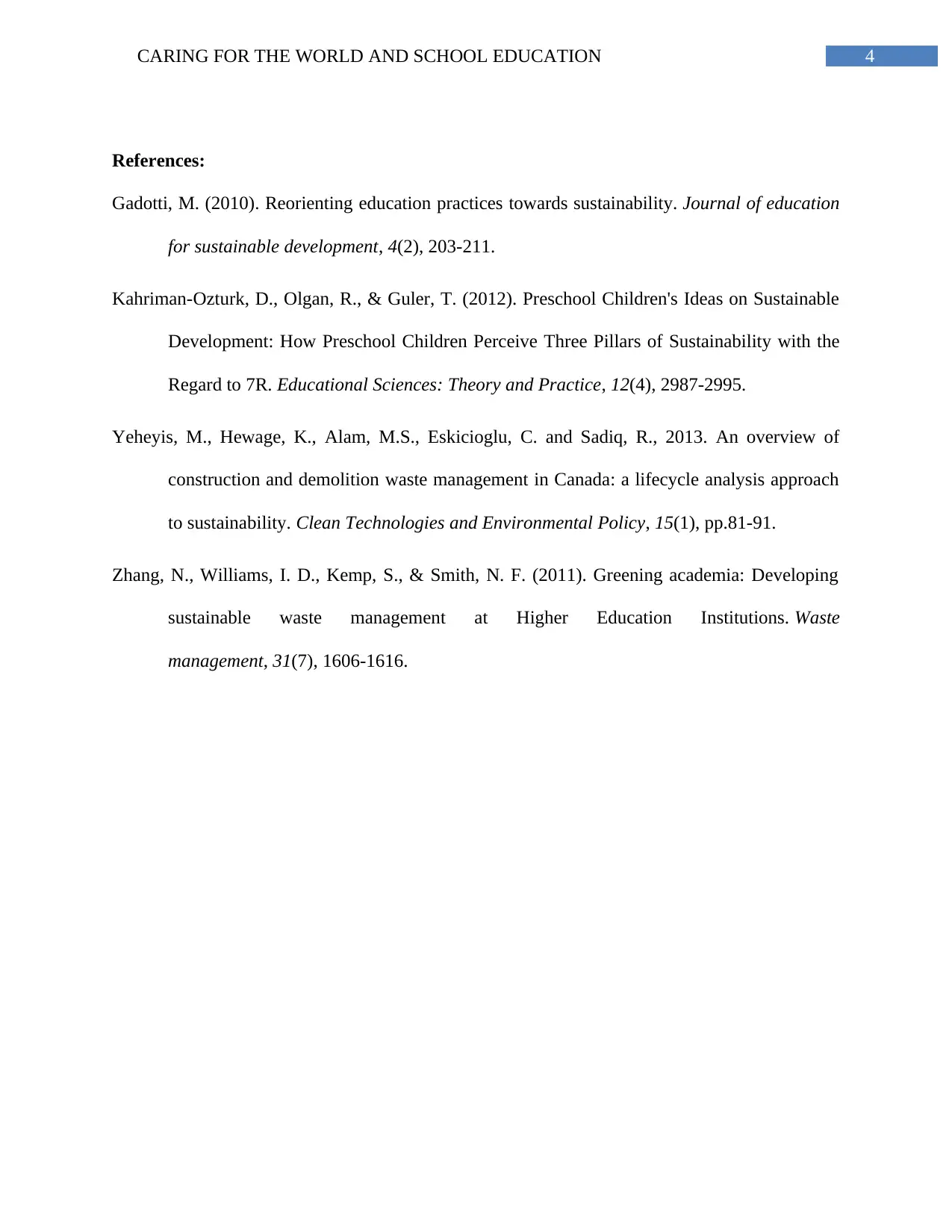



![[object Object]](/_next/static/media/star-bottom.7253800d.svg)